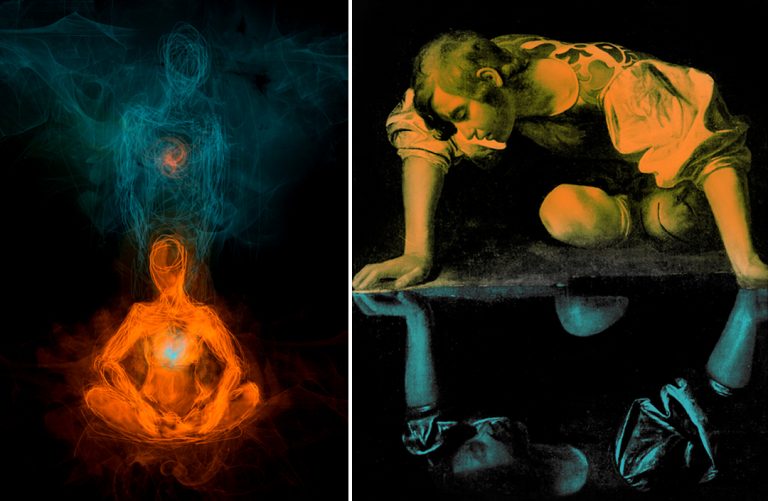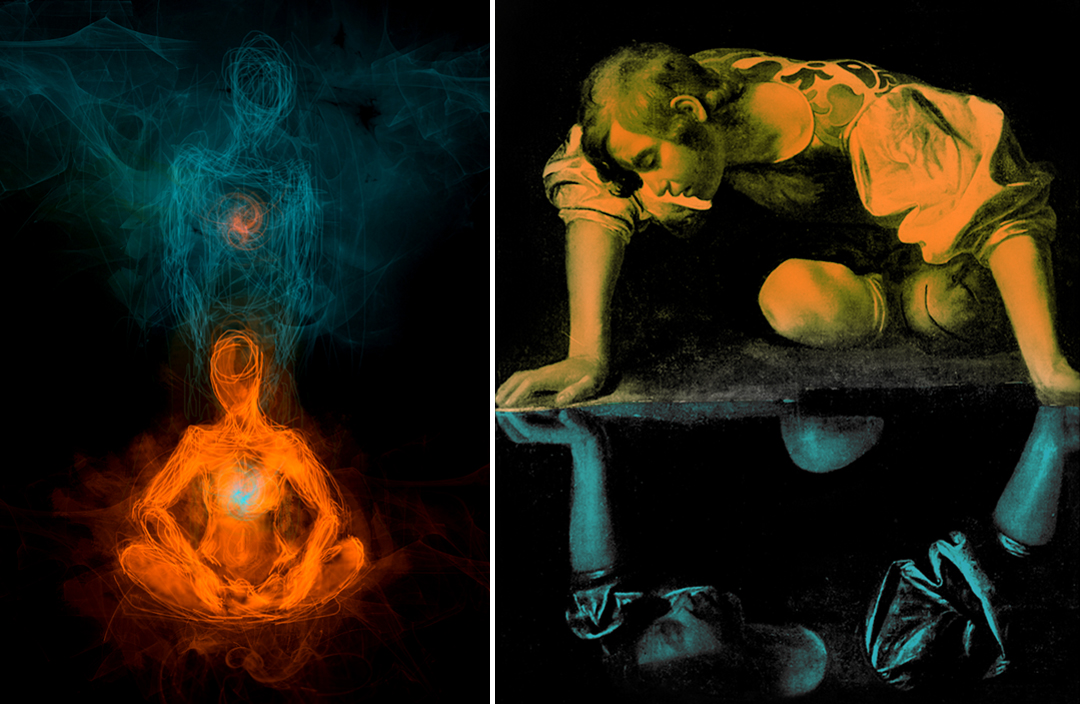It’s a question that has occupied the greatest minds for thousands of years — where exactly does the mind reside? Now a new study led by David Rudrauf at the University of Iowa in Iowa City has raised the complexity of the search even more. Rudrauf’s team is looking deep into the brain of one man in particular (“Patient R”) who remains self-aware despite lacking the three areas of the brain thought to be essential to self-awareness: the insular cortex, anterior cingulate cortex and medial prefrontal cortex. The finding is rewriting the outdated notion that the human mind is housed in fixed regions of the brain. New Scientist sat down with Rudrauf who says, “Instead, the mind might be more like a virtual machine running on distributed computers, with brain resources allocated in a flexible manner.”
Up to now, models based on functional neuroimaging have indicated that patients with no insula (what is the insula?) “should be like zombies,” says Rudrauf. Patient R, however, has a strong concept of selfhood. To confirm this, Rudrauf’s team ran the authoritative tests on him such as being able to recognize himself in pictures, as well as the tickle test (based on the notion that you cannot tickle yourself). Patient R passed all the benchmark self-awareness tests, and as Rudrauf notes, “Having interacted with him it was clear from the get go that there was no way that [the theories based on neuroimaging] could be true.” However, Patient R does have severe amnesia (he cannot learn new information), and has serious struggles with social interaction.
Rudrauf explains that high-level cognitive functions such as self-awareness are even more complex than initially thought. These processes “involve layers of abstraction and mechanisms that cannot be explained by standard functional-neuroanatomy,” and there are fundamental mechanisms yet to be discovered. He tells New Scientist, “We would all like simple answers to complicated questions, and we tend to oversimplify our conceptions about the brain and the mind.” You can read the full story by visiting New Scientist.



